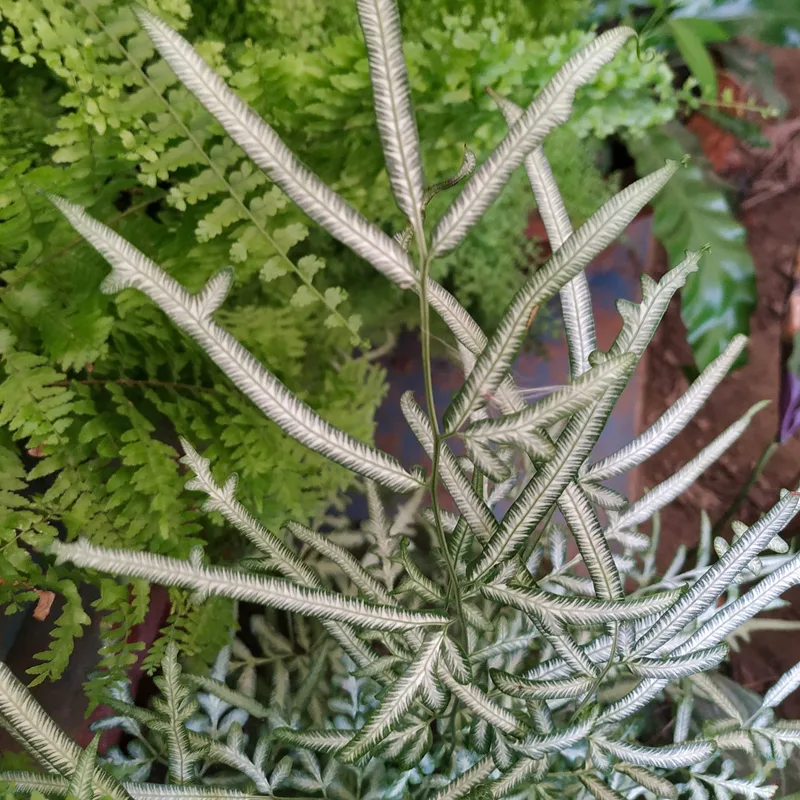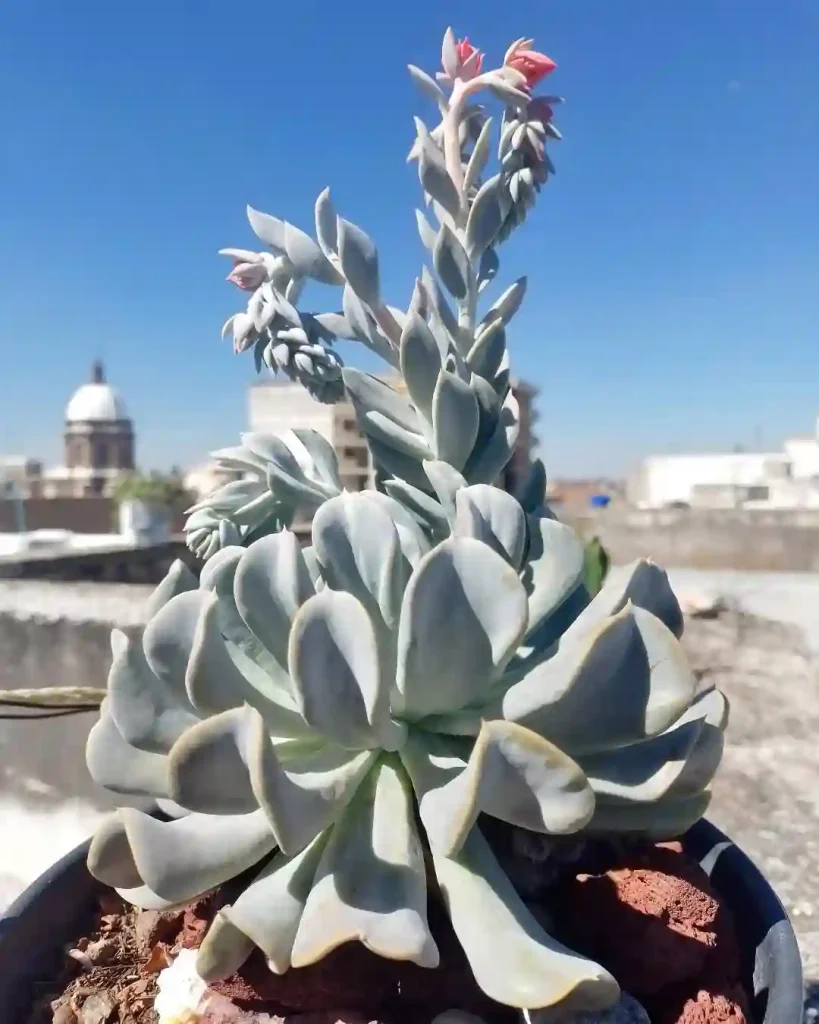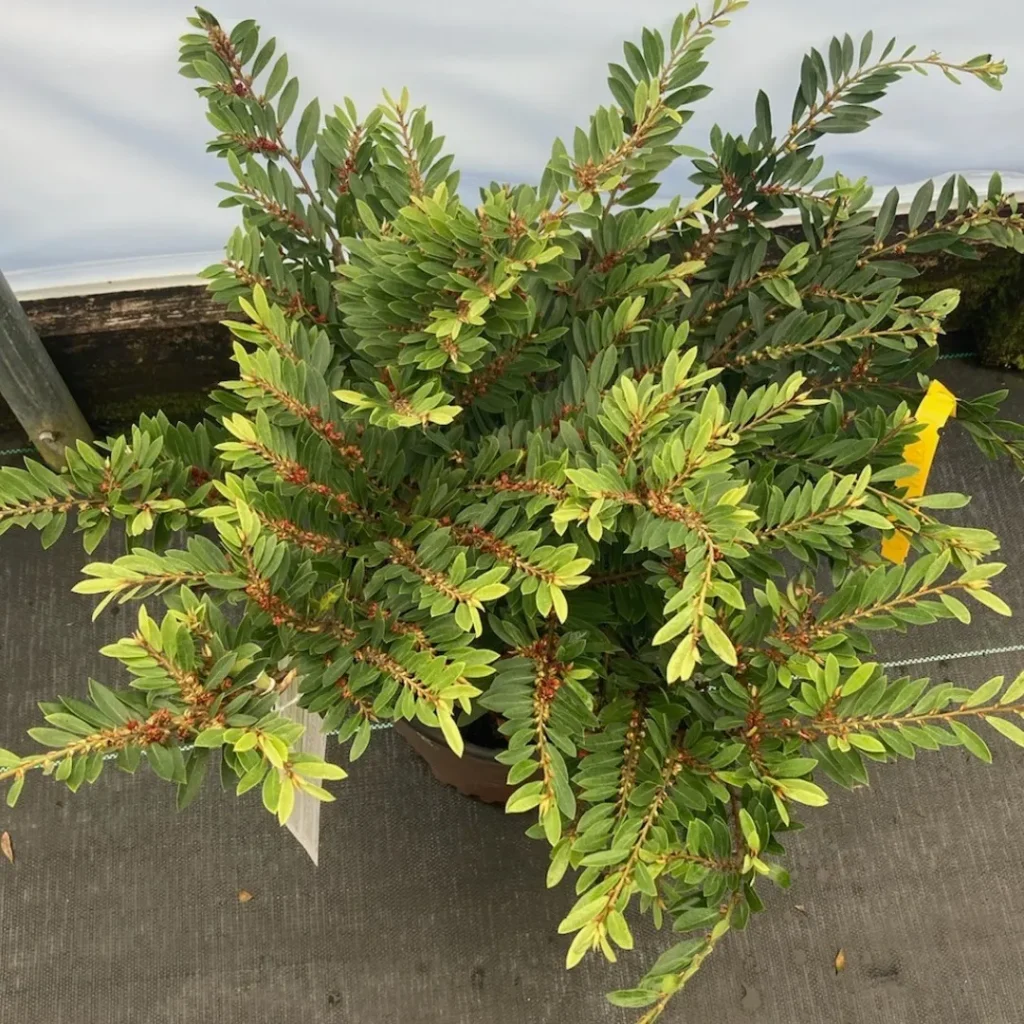What Is Helichrysum Italicum?
Helichrysum Italicum, also known as the Italian strawflower, is a perennial herb native to the Mediterranean region. Its silver-gray foliage and vibrant yellow flowers make it a popular choice for gardens and landscaping. But beyond its aesthetic appeal, Helichrysum Italicum has a range of uses and benefits.
563 Species in Genus Helichrysum
What Is Helichrysum Italicum Used For?
Helichrysum Italicum is well-regarded for its aromatic properties and is often used in essential oil form. Its oil is known for its anti-inflammatory, antimicrobial, and antioxidant properties, making it popular in natural medicine and skincare products. The plant is also used in traditional medicine for treating wounds, respiratory issues, and digestive problems.
Can You Eat Helichrysum Italicum?
Helichrysum Italicum is not typically consumed as food. However, its dried flowers are sometimes used to make herbal teas. The plant’s essential oil can also be used in culinary applications, but it’s crucial to use it sparingly and consult with a professional before ingesting.
How to Grow Helichrysum Italicum?
Growing Helichrysum Italicum is relatively straightforward. This plant thrives in well-draining soil and prefers full sun to partial shade. It is quite drought-tolerant once established, making it suitable for a variety of climates. To grow it successfully, ensure the soil is not too wet and provide adequate space for the plant to spread.
How to Propagate Helichrysum Italicum?
Propagation of Helichrysum Italicum can be done through seeds, cuttings, or division. Seeds should be sown indoors 6-8 weeks before the last frost, or directly into the garden after the risk of frost has passed. For cuttings, take a 4-6 inch cutting from a mature plant and root it in a pot with well-draining soil. Division can be done in the spring or fall by splitting the plant into smaller sections and replanting them.
How to Care for Helichrysum Italicum?
Caring for Helichrysum Italicum involves regular watering but avoid overwatering as it prefers drier conditions. Pruning helps maintain its shape and promote new growth. Fertilize the plant with a balanced fertilizer during the growing season to keep it healthy and vigorous.
How to Prune Helichrysum Italicum?
Pruning Helichrysum Italicum is important to keep the plant looking its best. Prune in the early spring before new growth begins. Remove any dead or damaged stems and trim back to shape the plant. Regular pruning will encourage a bushier growth habit and prolong the blooming period.
When to Prune Helichrysum Italicum?
The best time to prune Helichrysum Italicum is in early spring, just as new growth starts. Avoid heavy pruning in late summer or fall, as this can reduce the plant’s winter hardiness.
How to Make Helichrysum Italicum Oil?
To make Helichrysum Italicum oil, steam distillation is the most common method. This involves passing steam through the plant material, which extracts the essential oils. The steam carries the oils to a condenser, where it is cooled and collected. This process requires specialized equipment and is often done by professionals.
Where to Buy Helichrysum Italicum Oil?
Helichrysum Italicum oil can be purchased from health food stores, specialty aromatherapy shops, and online retailers. Look for reputable brands that provide pure, high-quality essential oils.
Where to Buy Dried Helichrysum Italicum for Tea?
Dried Helichrysum Italicum flowers for tea can be found at herbal shops, online retailers, and some specialty grocery stores. Ensure the product is labeled for use in tea to ensure its quality and safety.
Can You Safely Ingest Helichrysum Italicum Essential Oil?
Ingesting Helichrysum Italicum essential oil should be done with caution. It is recommended to consult with a healthcare professional before consuming essential oils, as they can be potent and may cause adverse effects if not used properly.
Is Helichrysum Italicum Edible?
While Helichrysum Italicum is not commonly consumed as a food, its dried flowers can be used in herbal teas. The essential oil is used more frequently in aromatherapy and topical applications rather than as a food ingredient.
Is Helichrysum Italicum Poisonous?
Helichrysum Italicum is not known to be poisonous. However, its essential oil should be used with care, particularly around children and pets. Always consult with a healthcare professional before use, especially if you have any pre-existing health conditions.
Is Helichrysum Italicum Safe for Dogs?
Helichrysum Italicum is generally considered safe for dogs in small amounts. However, essential oils can be potent, and it’s best to consult with a veterinarian before using any essential oil products around pets.
What Does Helichrysum Italicum Smell Like?
Helichrysum Italicum has a distinct aroma that is often described as earthy, sweet, and slightly spicy. Its scent is valued in aromatherapy for its calming and grounding properties.
Helichrysum Italicum vs Angustifolium
Helichrysum Italicum and Helichrysum Angustifolium are related but distinct species. While they share some similarities in appearance and uses, Helichrysum Italicum is more commonly used in essential oil production. Helichrysum Angustifolium, also known as narrow-leaved Helichrysum, has different properties and applications.
Helichrysum Italicum vs Gymnocephalum
Helichrysum Italicum and Helichrysum Gymnocephalum differ in their leaf shape and growth habits. Gymnocephalum is known for its broader leaves and different essential oil profile. Both plants belong to the Helichrysum genus but have distinct characteristics.
Can Helichrysum Italicum Grow in Wisconsin?
Helichrysum Italicum is not typically suited to colder climates like those in Wisconsin. It prefers warmer, Mediterranean-like conditions. However, it can be grown in containers and brought indoors during colder months if you’re willing to provide the appropriate conditions.
Does Helichrysum Italicum Stain Teeth?
Helichrysum Italicum does not generally stain teeth. However, its essential oil should be used cautiously to avoid any potential adverse effects, including staining from improper application.
How to Use Helichrysum Italicum?
Helichrysum Italicum can be used in various ways, including as an essential oil for aromatherapy, in herbal teas, and in skincare products. Its versatility makes it a valuable addition to many natural health routines.
Helichrysum Italicum vs Angustifolium
When comparing Helichrysum Italicum to Helichrysum Angustifolium, it’s important to note that while both have medicinal properties, they are used differently. Italicum is often preferred for its stronger essential oil and broader applications, whereas Angustifolium might be used more for its unique plant characteristics.
What to Plant With Helichrysum Italicum?
Helichrysum Italicum pairs well with other Mediterranean plants like lavender, rosemary, and sage. These companions have similar growing requirements and can create a harmonious garden space.
Common Problems with Helichrysum Italicum
Common problems with Helichrysum Italicum include root rot due to overwatering and pest issues like aphids. Regular monitoring and proper care can help prevent these issues.
By understanding these aspects of Helichrysum Italicum, you can better appreciate its uses and benefits, and make informed decisions about incorporating it into your gardening and wellness routines.
If i die, water my plants!



